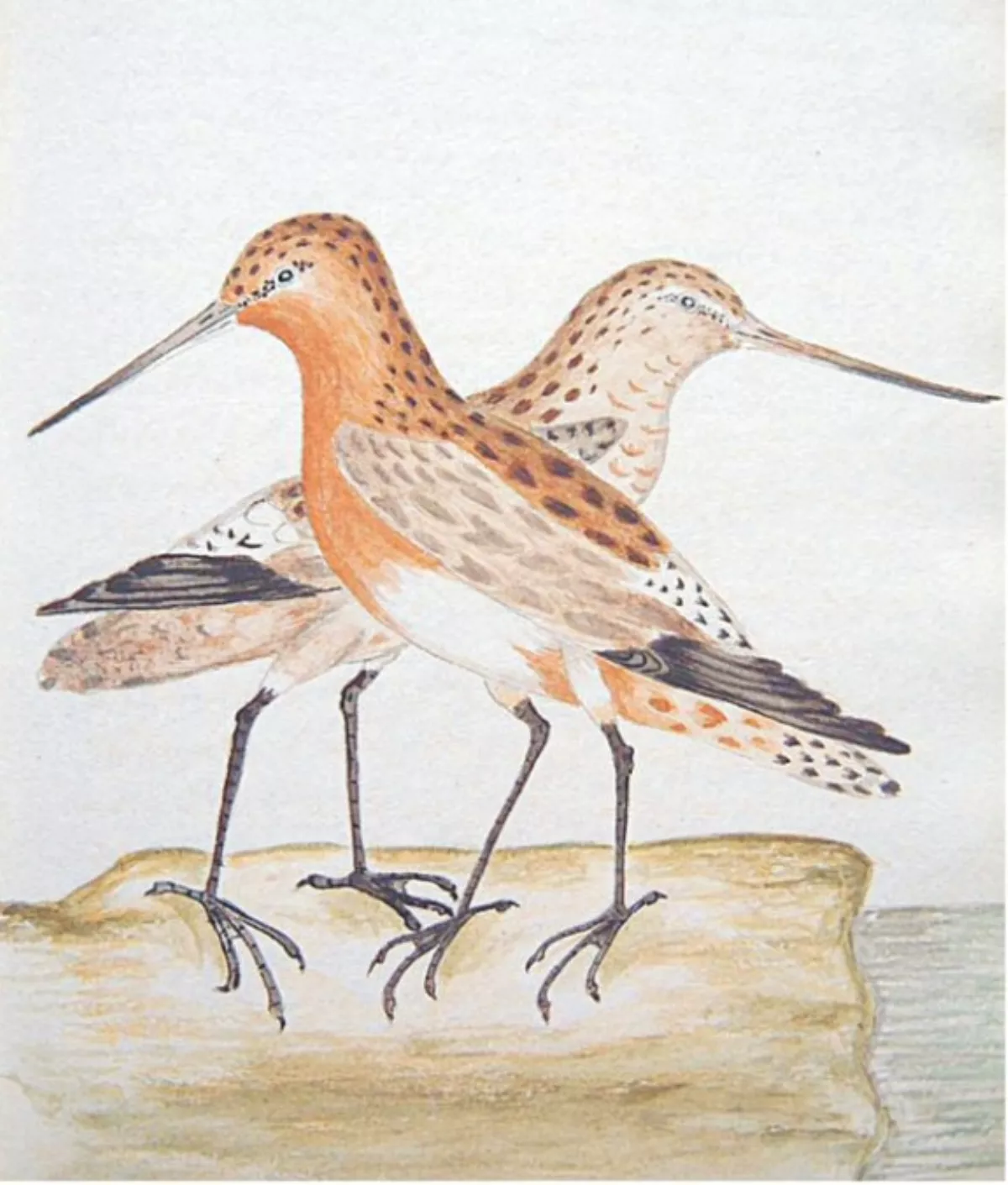 1.
1. William Markwick, who took the name of William Eversfield, was a Fellow of the Linnean Society and a keen naturalist, known for his pioneering phenological observations recorded in Gilbert White's 1789 book The Natural History and Antiquities of Selborne.